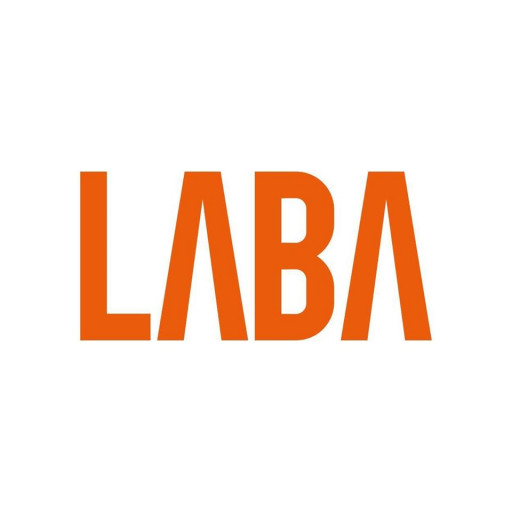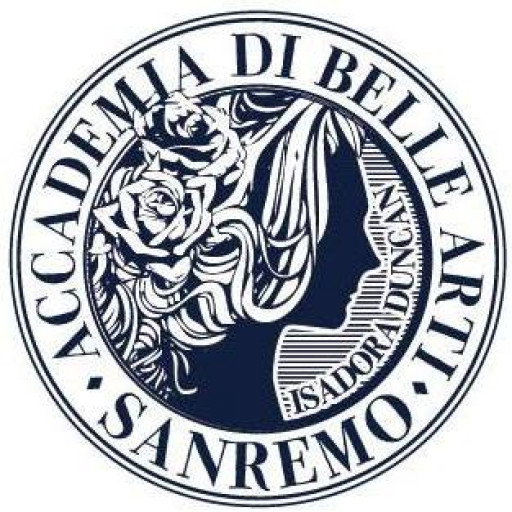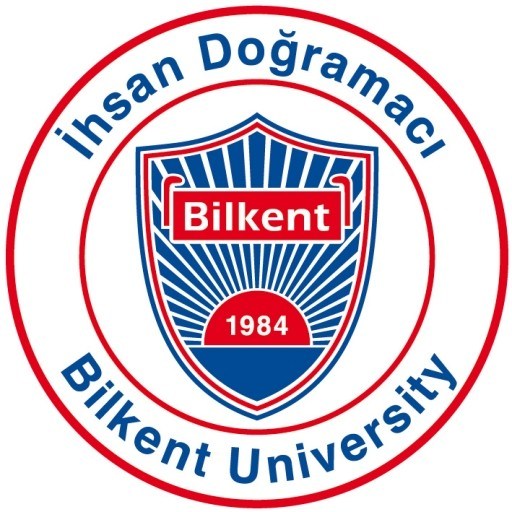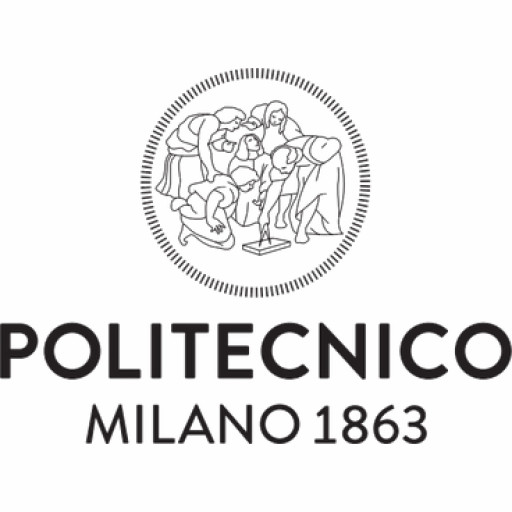Photos of university / #suffolk_U
Interior Design at Suffolk University is a comprehensive program that prepares students to become innovative and skilled professionals in the field of interior architecture and design. The curriculum emphasizes a strong foundation in design principles, technical skills, and understanding of human behavior and environmental sustainability to create functional, aesthetically pleasing, and sustainable interior spaces. Students will engage in hands-on projects, real-world case studies, and collaborative studios that foster creativity, critical thinking, and problem-solving abilities. The program covers a wide range of topics including space planning, lighting design, furniture design, building codes and regulations, and digital visualization techniques. Additionally, students learn about sustainable interior practices and the integration of new technologies to address contemporary challenges in interior environments. The faculty consists of experienced industry professionals and academics dedicated to mentoring students through a combination of coursework, internships, and industry partnerships. Graduates of the Interior Design program will be well-equipped for careers in residential, commercial, institutional, and hospitality interior design, or to pursue further study in related fields. The program also aims to instill leadership skills, ethical considerations, and an appreciation for diversity in design. With the support of Suffolk University’s resources, students can develop a professional portfolio and gain valuable industry connections to succeed in the competitive interior design landscape.
The Bachelor of Interior Design program at Suffolk University provides students with comprehensive training in the art and science of creating functional, safe, and aesthetically pleasing interior environments. This program combines rigorous coursework in design principles, spatial planning, and materials with practical experience through studio projects and internships. Students will explore the history of interior design, learn about sustainability practices, and develop skills in computer-aided design (CAD) and building information modeling (BIM). The curriculum emphasizes critical thinking, problem-solving, and effective communication to prepare graduates for diverse careers in residential, commercial, and institutional interior design. Throughout the program, students will engage in hands-on projects, collaborative team work, and interactions with industry professionals, allowing them to develop a professional portfolio that demonstrates their design capabilities. The program also emphasizes ethical practices and accessibility standards, ensuring that students are equipped to create inclusive and responsible designs. With state-of-the-art facilities and experienced faculty, Suffolk University’s Interior Design program offers a dynamic learning environment where students can hone their creative talents and technical skills. Upon graduation, students will be prepared for entry-level positions in interior design firms, architecture offices, or related fields, as well as for pursuing advanced certifications and postgraduate studies. The program’s innovative approach aims to foster future leaders in interior design who can adapt to evolving industry trends and contribute meaningfully to the built environment.
The Bachelor of Arts or Bachelor of Science in Interior Design at Suffolk University typically requires students to complete a comprehensive curriculum designed to prepare them for professional practice in the field of interior design. The program emphasizes both theoretical knowledge and practical skills, covering areas such as lighting design, space planning, environmental psychology, materials and finishes, building codes and regulations, and sustainable design practices. Students are expected to develop strong competencies in computer-aided design (CAD), 3D modeling, and presentation techniques, enabling them to effectively communicate design concepts to clients and team members.
The degree program generally includes core courses in design fundamentals, history of interior design, and professional practice, as well as electives that allow students to specialize in areas such as hospitality, healthcare, or residential interiors. A significant component of the program involves studio courses, which provide hands-on experience through real-world projects, mock client consultations, and collaborative work with peers. These studios are intended to foster creativity, critical thinking, and problem-solving skills essential for successful interior designers.
In addition to coursework, students are often required to complete internships or cooperative education experiences to gain industry exposure and practical work experience. The program may culminate in a capstone project or portfolio presentation, demonstrating students’ ability to integrate their knowledge and skills into a cohesive design proposal. To ensure readiness for professional practice, students typically undertake coursework in professional ethics, project management, and business practices relevant to interior design.
Admission requirements for the program usually include a high school diploma or equivalent, a portfolio demonstrating artistic and design skills, and possibly SAT or ACT scores. Competitive applicants often have a background in visual arts or related fields. Throughout their studies, students are encouraged to participate in design competitions, professional organizations, and networking events to build industry connections. Upon successful completion, graduates are prepared to pursue licensure or certification as required by their region and seek employment in interior design firms, architectural practices, or related fields.
The interior design program at Suffolk University offers a comprehensive approach to financing studies, ensuring that students can access multiple resources to support their education. Students enrolled in the program are encouraged to explore a variety of funding options including federal and state financial aid, scholarships, and institutional grants. Suffolk University provides detailed information regarding the Free Application for Federal Student Aid (FAFSA), which is essential for determining eligibility for federal grants and loans. The university's financial aid office guides students through the application process, helping them identify suitable funding opportunities to reduce out-of-pocket expenses.
Additionally, Suffolk University offers merit-based scholarships specifically aimed at students pursuing degrees in design-related fields. These scholarships are competitive and require students to demonstrate academic achievement, portfolio quality, and commitment to their chosen field. There are also need-based grants for students from low-income backgrounds. Students can also seek private scholarships from external organizations dedicated to supporting interior design students, which may be available through local or national associations such as the American Society of Interior Designers (ASID).
The university encourages students to consider work-study programs, which provide part-time employment opportunities on or near campus, allowing students to earn income while gaining professional experience relevant to their studies. Payment plans are another option offered by Suffolk University, enabling students to spread tuition payments over multiple installments, thereby making tuition more manageable over the course of the academic year.
Suffolk’s financial planning resources include counseling services that assist students in understanding their financial options and developing budgets to manage expenses effectively. Moreover, the university has partnerships with lenders that offer student loans with favorable terms, including lower interest rates and flexible repayment schedules. Students are advised to carefully evaluate the total cost of education, including tuition, fees, supplies, and living expenses, and to utilize available financial aid tools to plan their financing.
Overall, Suffolk University provides an extensive support system for financing studies in interior design, minimizing economic barriers and enabling students to focus on their academic and professional growth within a vibrant and resource-rich environment.
The Interior Design program at Suffolk University is designed to prepare students for careers in the dynamic field of interior architecture and design. This program emphasizes the development of creative and technical skills necessary to create functional, aesthetically pleasing, and sustainable interior environments. Students will learn about space planning, color theory, furniture design, and sustainable practices, equipping them with a comprehensive understanding of the discipline. The curriculum incorporates courses in architectural drawing, computer-aided design (CAD), building codes, and materials selection, providing a well-rounded education that balances artistic expression with technical proficiency.
Throughout the program, students have opportunities for hands-on learning through studio projects, internships, and collaborations with industry professionals. The program aims to foster an understanding of how interior design can influence the well-being and productivity of users, as well as address environmental and social responsibility. Students are encouraged to develop their portfolios and participate in design competitions to showcase their skills and creativity. The faculty includes experienced professionals and educators dedicated to mentoring students and preparing them for success in graduate studies or entry into the workforce.
Suffolk University's strategic location in Boston allows students to engage with a vibrant city known for its architectural heritage and innovative design communities. The program's emphasis on real-world applications prepares graduates to work in various settings, including residential, commercial, hospitality, and institutional interiors. Upon completing the program, students will possess the technical skills, creative vision, and professional knowledge necessary to pursue careers as interior designers, space planners, or design consultants. The program also offers pathways for further education and specialization in fields related to interior and environmental design.









